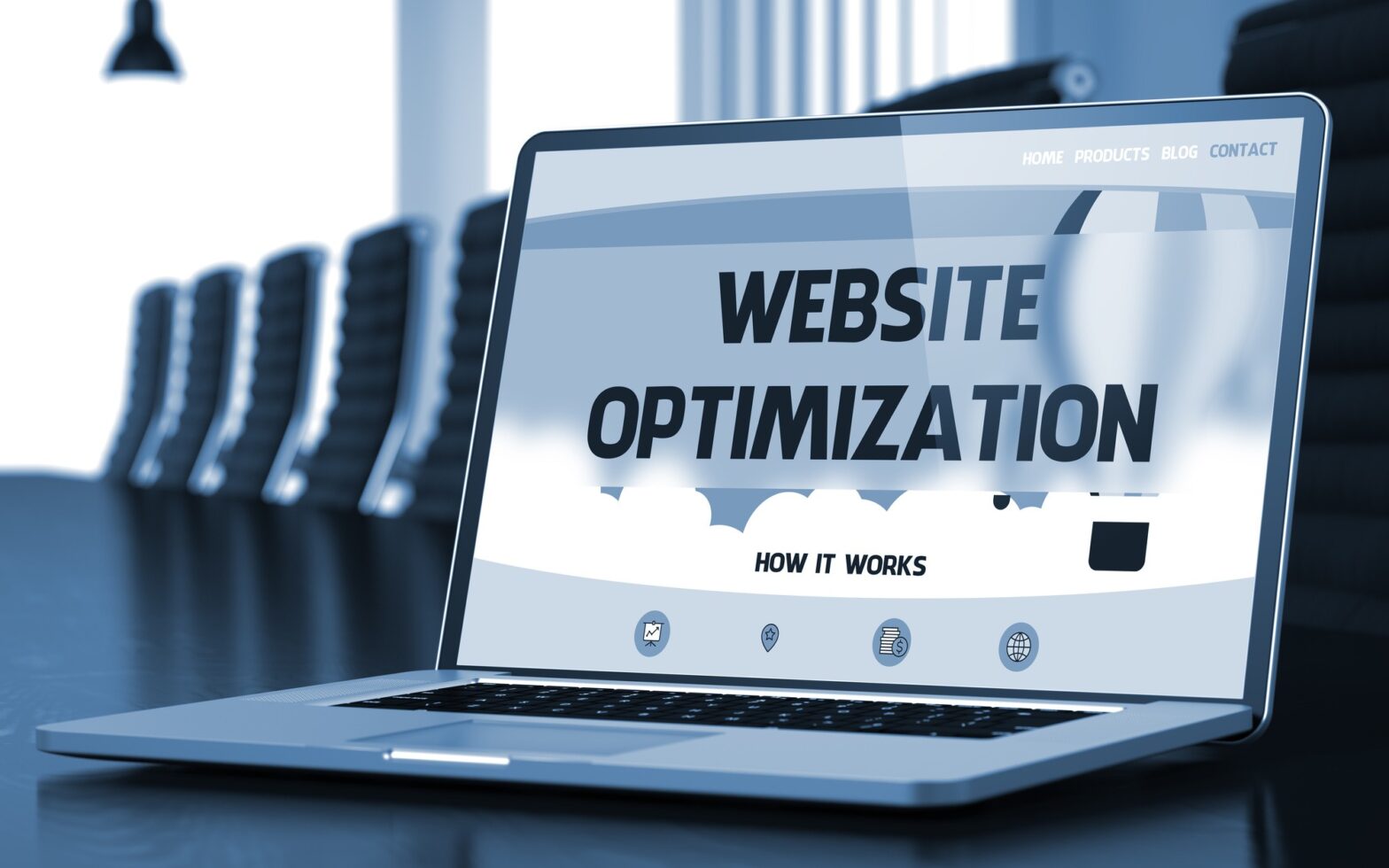Unlock the full potential of your website by optimizing its performance. Explore essential tips and strategies to enhance speed, user experience, and search engine rankings. Boost your online presence with faster load times, responsive design, and seamless navigation.
In the fast-paced world of the internet, the success of a website hinges on its performance. Users demand swift-loading pages, effortless navigation, and a seamless experience. To navigate this digital landscape successfully, it’s imperative to optimize your website. This article is your guide to achieving just that. From conducting meticulous audits to addressing image and multimedia concerns, we’ll explore strategies that propel your website to new heights. By implementing these tactics, your website won’t just meet user expectations – it will surpass them, ensuring a competitive edge in both user satisfaction and search engine rankings.
Here are the top 6 ways to optimize your website’s performance
- Conduct a Comprehensive Website Audit: Begin your optimization journey with a thorough website audit. Identify elements that may be slowing down your site, such as large image files, excessive plugins, or outdated code. Utilize tools like Google PageSpeed Insights, GTmetrix, or Lighthouse for valuable insights into your website’s performance. Addressing these issues forms the foundation of a high-performing site.
- Optimize Images and Multimedia: Large image files are common culprits for slow-loading pages. Compress and optimize images without compromising quality. Utilize responsive images to ensure they adapt to different screen sizes. Implement lazy loading for images and multimedia content, loading them only when the user scrolls down, reducing initial page load times.
- Implement Browser Caching: Leverage browser caching to reduce load times for returning visitors. By storing static files like images, CSS, and JavaScript in the visitor’s browser, subsequent visits to your site become faster, as these files don’t need to be downloaded again.
- Minimize HTTP Requests: Every element on a web page, including images, stylesheets, and scripts, requires an HTTP request. Aim to minimize these requests by combining files, reducing the number of elements on a page, and using CSS sprites to combine multiple images into a single file. Fewer HTTP requests result in faster loading times.
- Utilize Content Delivery Networks (CDNs): Content Delivery Networks distribute your website’s static content across servers worldwide. This reduces latency and accelerates page loading times, particularly for users in different geographical locations. CDNs enhance the overall user experience and contribute positively to search engine rankings.
- Optimize Code and Scripts: Clean and streamlined code is crucial for optimal website performance. Remove unnecessary code, comments, and formatting. Utilize minification tools to compress CSS, JavaScript, and HTML files. Additionally, consider asynchronous loading for non-essential scripts, allowing the page to load first before executing certain scripts.
In the era of instant gratification, a website’s success hinges on its speed and user experience. By embracing optimization strategies like regular audits, image compression, and advanced technologies such as CDNs, your website becomes a powerful tool for engaging users and climbing search engine rankings. The journey to peak performance is ongoing, and as you implement these techniques, you’re not just meeting standards – you’re setting new benchmarks for user satisfaction and online visibility. Stay committed to optimization, and watch your website thrive in the competitive digital landscape.
Would you like to explore more such informative articles and blogs? We provide a range of informative articles across different domains. Subscribe today to be part of our community!


